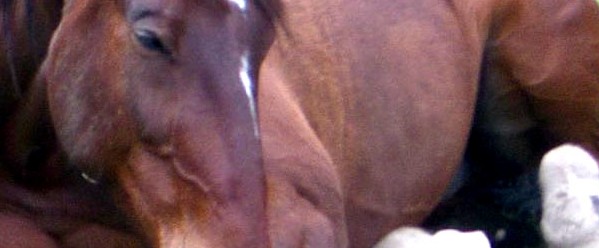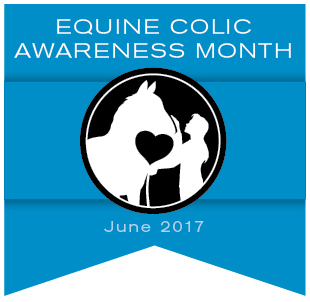There isn’t a person involved with horses for a length of time who has not been touched by colic in some way, whether through your own horse, a friend’s horse, or a barn mate. Equine colic is widespread and indiscriminate in the horses it affects. It’s a horse owner’s greatest fear because it’s common, we can’t foresee it, and most times we have no idea what caused it.
At its most basic, colic refers to pain in a horse’s colon. While pain can technically be caused by a variety of issues including ulcers, we generally consider colic to be a spasm in the colon linked to gas build up, blockages, and twists in the equine gut.
| Colic is an induced condition
In most colic cases, the vets have no idea what caused the issue. There are several factors, especially related to feeding and management, that research suggests may be major contributors to colic. Read more on how colic is induced >> |
Colic is a hindgut issue
Modern horse care practices are hard on the equine hindgut, making it susceptible to problems that may be precursors to colic. Read more about how colic begins in the hindgut >> |
| Colic is everywhere
It is well-established that colic is the #1 medical cause of death in horses. Read more about how to recognize a horse at risk for colic >> |
Most colic is avoidable
Changing what and how you feed your horse can go a long way in reducing its risk for a serious colic episode. Get feeding and care tips for reducing colic risk >> |







